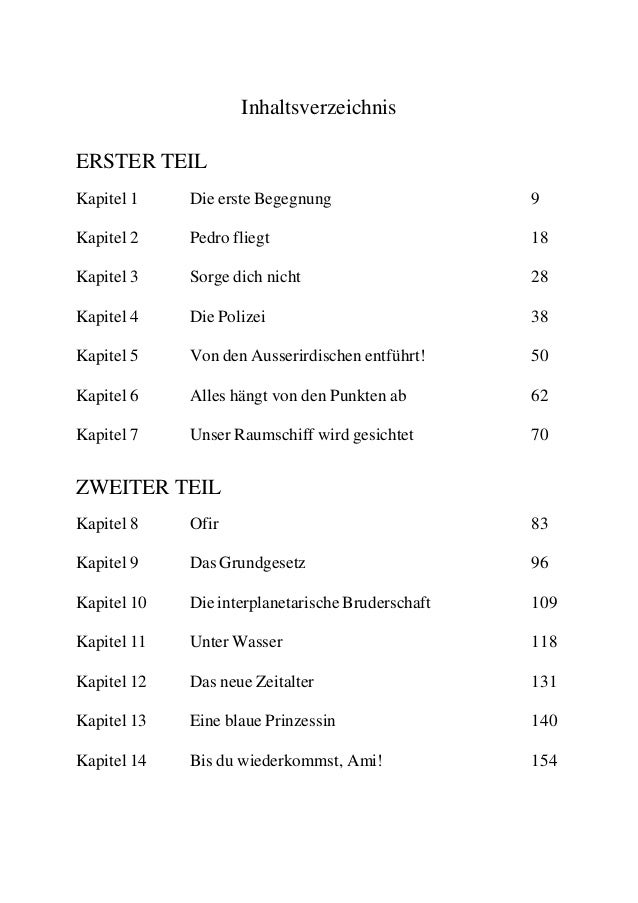Ami Der Junge Von Den Sternen Pdf Reader
Abstract Carbon emissions from land-use changes in tropical dry forest systems are poorly understood, although they are likely globally significant. The South American Chaco has recently emerged as a hot spot of agricultural expansion and intensification, as cattle ranching and soybean cultivation expand into forests, and as soybean cultivation replaces grazing lands. Still, our knowledge of the rates and spatial patterns of these land-use changes and how they affected carbon emissions remains partial. We used the Landsat satellite image archive to reconstruct land-use change over the past 30 years and applied a carbon bookkeeping model to quantify how these changes affected carbon budgets.
Between 1985 and 2013, more than 142 000 km 2 of the Chaco's forests, equaling 20% of all forest, was replaced by croplands (38.9%) or grazing lands (61.1%). Of those grazing lands that existed in 1985, about 40% were subsequently converted to cropland. These land-use changes resulted in substantial carbon emissions, totaling 824 Tg C between 1985 and 2013, and 46.2 Tg C for 2013 alone. The majority of these emissions came from forest-to-grazing-land conversions (68%), but post-deforestation land-use change triggered an additional 52.6 Tg C. Although tropical dry forests are less carbon-dense than moist tropical forests, carbon emissions from land-use change in the Chaco were similar in magnitude to those from other major tropical deforestation frontiers. Our study thus highlights the urgent need for an improved monitoring of the often overlooked tropical dry forests and savannas, and more broadly speaking the value of the Landsat image archive for quantifying carbon fluxes from land change.

Ami Der Junge Von Den Sternen Pdf Readers
Filename Description Word document, 2075K Figure S1. Study region including country-boundaries, ecoregion-subdivision and Landsat footprint coverage. Carbon emissions from land-use change between 1985 and 2013 under the four different assumptions: (1) high AGB/no SOC release, (2) low AGB/no SOC release, (3) high AGB/2-year SOC release, and (4) low AGB/2-year SOC release. Error matrix and accuracy measures for the remote sensing classification.
Carbon estimation results from our five future land-use change scenarios. Please note: Wiley-Blackwell is not responsible for the content or functionality of any supporting information supplied by the authors. Any queries (other than missing content) should be directed to the corresponding author for the article. Related content.